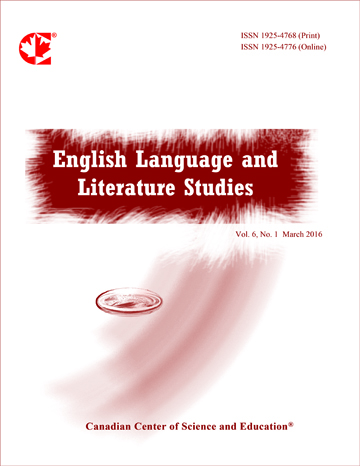Extension of Mind in Narrative Form: The Trueblood Episode in Ralph Ellison’s Invisible Man
- Meiling Fu
Abstract
The Trueblood episode in Ralph Ellison’s Invisible Man is an embedded narrative that has garnered significant critical attention. However, despite extensive interpretations of this episode, the broader narrative structure of the novel has remained largely unexamined. This paper endeavors to delve into the role of the Trueblood episode in extending the cognitive capacities of the characters by drawing upon the cognitive theory of distributed minds. It argues that this narrative form facilitates the contrast and analogy across different time frames, thus emphasizing the division between the primary narrator and the experiencing self. In this manner, embedded narratives serve as cognitive tools for the characters. Invisible Man, being a bildungsroman, effectively employs this narrative form to offer a more profound portrayal of the protagonist’s growth.
- Full Text:
 PDF
PDF
- DOI:10.5539/ells.v13n4p43
